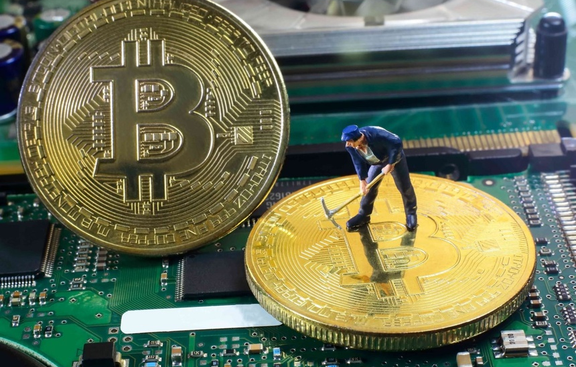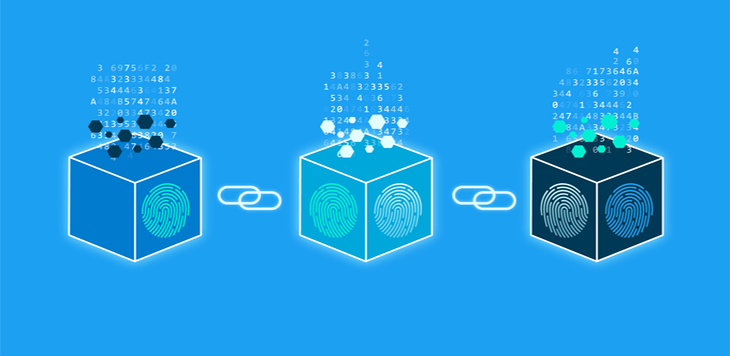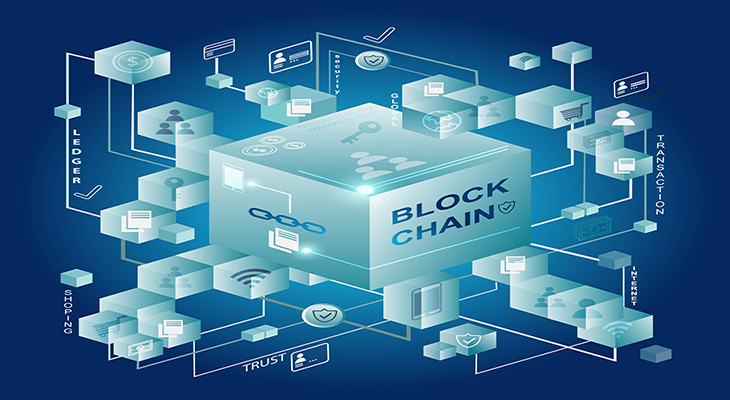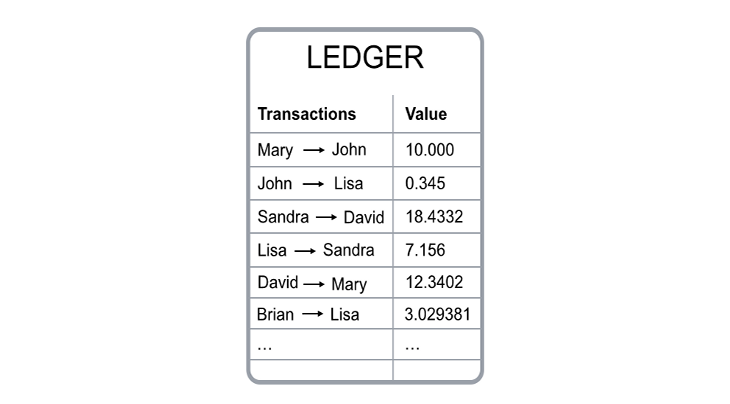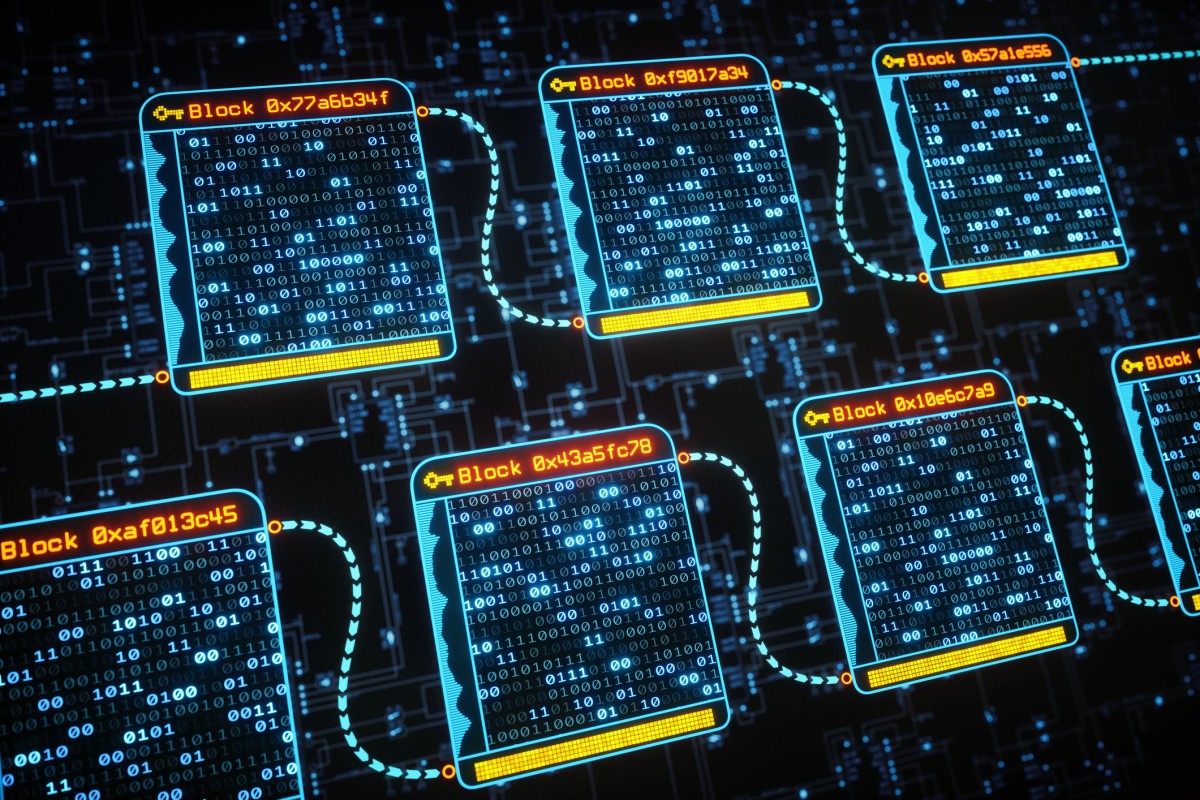Thị trường coin sôi động và rủi ro cao khiến nhiều nhà đầu tư đã nghĩ đến viễn cảnh giá Bitcoin về 0.
Sau khi đạt giá trị 64.000 USD vào tháng 4, giá Bitcoin giảm xuống chỉ còn 30.000 vào tháng 5. Hiện tại, giá đồng tiền này dao động ở mức ngoài 40.000 USD. Sau mỗi cú trượt, viễn cảnh về sự sụp đổ hoàn toàn của tiền mã hóa lại được đem ra bàn tán.
Dù thị trường tiền mã hóa đã phát triển rất nhiều so với những đợt đỉnh như năm 2013 hay 2018, nhiều nhà đầu tư vẫn không thể thoát khỏi ám ảnh Bitcoin sụp đổ và giá trị về 0.
Giả định Bitcoin sụp đổ
Một sự kiện khó tin khiến giá Bitcoin về 0 có thể đến từ nội tại hệ thống, ví dụ như vụ hack nhắm vào giao dịch có giá trị lớn hoặc lỗi kỹ thuật. Yếu tố bên ngoài cũng có thể tác động như các cuộc càn quét của chính phủ hay bong bóng tài chính vỡ khi ngân hàng trung ương tăng lãi suất.

Các công ty sản xuất phần cứng cũng chịu ảnh hưởng từ sự sụp đổ: Ảnh: Getty.
Theo nhà bảo hiểm và quản lý tài sản Mohamed El-Erian tại Allianz, nhà đầu tư tiền mã hóa có thể chia thành 3 loại chính: người tin vào nền tảng của Bitcoin, người đầu tư theo chiến thuật và nhà đầu cơ, thích mạo hiểm.
Tuy nhóm thứ nhất sẽ nhận đòn chí mạng từ sự sụp đổ, khả năng cao họ sẽ bám trụ lâu nhất. Trong khi đó, nhóm thứ ba sẽ ngay lập tháo chạy ngay từ những chấn động đầu tiên. Để ngăn chặn thảm họa, nhóm thứ hai phải ở lại, điều rất khó xảy ra khi giá về số 0.
Một cú trượt có thể dễ dàng kéo cả thị trường sụp đổ. Thợ đào Bitcoin, người đảm bảo các giao dịch được thực hiện và được thưởng tiền, sẽ mất đi động lực tiếp tục, dẫn tới sự ngưng trệ của dòng tiền. Các nhà đầu tư khả năng cao sẽ bán tháo những loại tiền mã hóa khác. Quan sát những biến động gần đây, Philip Gradwell đến từ tập đoàn dữ liệu Chanialysis chỉ ra các loại tiền ảo luôn dao động theo giá Bitcoin.

Khi thị trường Bitcoin sụp đổ, nhóm “thợ đào” sẽ tháo chạy, khiến hệ thống không sản sinh ra Bitcoin mới. Ảnh: Reuters.
Kết quả là một khối lượng tài sản lớn sẽ bốc hơi. Những chủ sở hữu lâu năm sẽ chịu thiệt hại thấp so với số tiền bỏ ra, nhưng mất đi khoản lợi nhuận chưa kịp rút khổng lồ. Những người mua Bitcoin gần đây sẽ mất nhiều nhất. Nhóm sau bao gồm đa số định chế tài chính: quỹ phòng hộ, quỹ đầu tư của các trường đại học, quỹ tương hỗ và các doanh nghiệp.
Tổng giá trị biến mất sẽ vượt xa giá trị vốn hóa. Sự sụp đổ sẽ xóa sạch những khoản đầu tư bí mật của các tập đoàn vào tiền mã hóa. Các nhà cung cấp phương thức thanh toán như PayPal, Revolut và Visa sẽ đánh mất thị trường béo bở, ảnh hưởng tới giá trị công ty.
Những doanh nghiệp hưởng lợi từ cơn sốt tiền mã hóa như Nvidia, nhà sản xuất chip, cũng bị ảnh hưởng không nhỏ. Tổng cộng, làn sóng sụp đổ đầu tiên sẽ cuốn đi 2.000 tỷ USD, nhỉnh hơn giá trị vốn hóa thị trường của Amazon một chút.
Ảnh hưởng lan tỏa
Dư chấn của sự sụp đổ có thể truyền qua nhiều kênh đến các loại tài sản khác, cả mã hóa và phổ thông. Một trong số đó là kênh giao dịch đòn bẩy. Gần 90% dòng tiền đầu tư vào Bitcoin chảy vào các loại hình phái sinh như hoán đổi vô thời hạn, cho phép đặt cược vào sự biến động của giá Bitcoin trong khoảng thời gian không xác định.
Đa số các giao dịch này được tiến hành trên nền tảng không được quản lý như FTX và Binance, nơi khách hàng có thể vay để đặt cược lớn hơn. Một dao động nhỏ trong giá có thể kích hoạt lệnh gọi ký quỹ, nếu không được đáp ứng, sàn giao dịch sẽ nhanh chóng thanh lý tài sản khách hàng nắm giữ, gia tốc cho cú trượt của giá trị tiền mã hóa. Các sàn phải ôm một khối lượng lớn nợ xấu.

Hoán đổi vô thời hạn là một hình thức phái sinh phổ biến. Ảnh: Valuewalk.
Khi tiền mã hóa, vốn là tài sản thế chấp khi vạy vốn đầu tư phái sinh mất giá, nhà đầu tư sẽ phải bán tháo hoặc để sàn thanh lý số tiền đó. Mức độ ảnh hưởng của đòn bẩy đối với hệ thống khó được xác định vì các sàn giao dịch cho phép hoán đổi vô thời hạn không chịu bất cứ sự kiểm soát nào.
Theo Kyle Soska của đại học Carnegie Mellon, tổng lượng tiền đầu tư vào hợp đồng phái sinh ở mọi thời điểm là rất lớn: từ 1,6 tỷ USD vào tháng 3/2020, số tiền này tăng lên 24 tỷ USD ở thời điểm hiện tại. Đây không phải một biến số hoàn hảo đại diện cho tổng đòn bẩy, vì số tài sản thế chấp đằng sau nhiều hợp đồng không được công khai.
Hiệu ứng dây chuyền
Kênh lan truyền dư chấn thứ hai là stablecoin (đồng tiền ổn định), nhiên liệu cho vòng quay tiền mã hóa. Vì những sự chậm trễ và tốn kém của việc đổi USD sang Bitcoin, các nhà giao dịch thường hiện thực hóa lãi và tái đầu tư bằng stablecoin, được neo giá bởi USD hoặc Euro. Các loại stablecoin phổ biến nhất là USDT và USDC có tổng giá trị hơn 100 tỷ USD. Ở một vài nền tảng giao dịch, chúng là phương thức thanh toán chính.

Stablecoin được nhiều nhà đầu tư ưa chuộng. Ảnh: Financial Times.
Các nhà phát hành đảm bảo đồng tiền của mình bằng khối lượng lớn tài sản, giống các quỹ thị trường tiền tệ. Khác biệt nằm ở chỗ tất cả tài sản không tồn tại dưới dạng tiền mặt. Ví dụ như Tether, tài sản đằng sau đồng tiền này bao gồm 50% là thương phiếu, 12% là khoản vay được đảm bảo và 10% là trái phiếu doanh nghiệp, quỹ và kim loại quý vào cuối tháng 3.
Sự sụp đổ của tiền mã hóa có thể kéo theo cơn sốt stablecoin, buộc nhà phát hành bán tháo tài sản để mua lại. Theo July Fitch, một đơn vị đánh giá, mua lại Tether ào ạt có thể ảnh hưởng đến tính ổn định của thị trường tín dụng ngắn hạn. Các quan chức đến từ Ủy ban Giao dịch và Chứng khoán Mỹ và Cục Dự trữ Liên bang đang hướng sự quan tâm vào nguy cơ đến từ tiền mã hóa, đặc biệt là stablecoin.
Thị trường tiền mã hóa càng bành trướng, tổn thất từ sự sụp đổ càng nặng nề. Tuy nhiên, có nhiều yếu tố cần được tính đến như các kênh lan truyền dư chấn, cụ thể là đòn bẩy và stablecoin khi đánh giá mức độ ảnh hưởng.
Nguồn: Zing/The Economist
